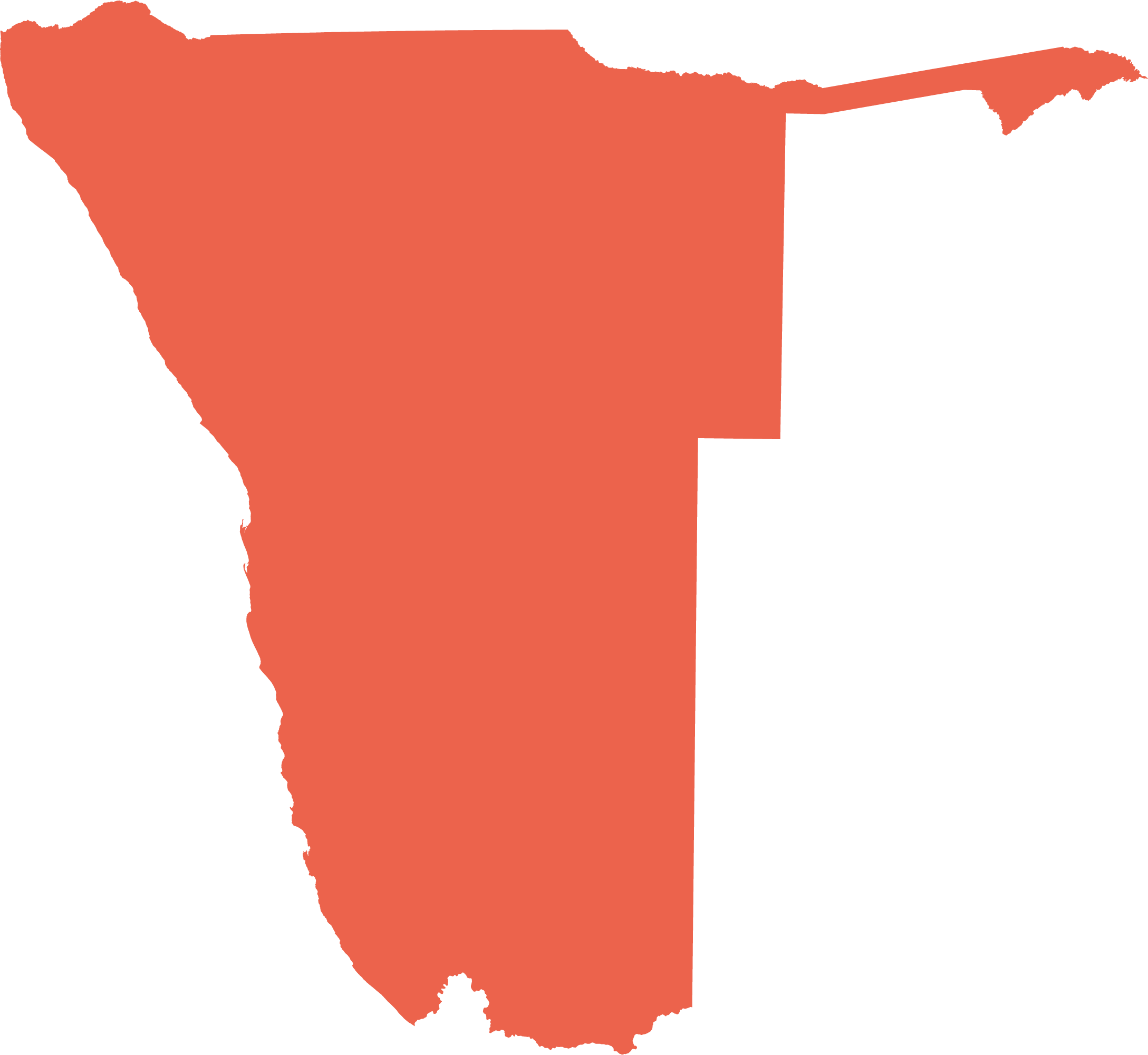Skip to main content
Key points
- Since the original use of land for hunting and gathering,
Namibia has seen a succession of new land uses
introduced over the past 2,000 years, each accompanied
by new systems of land management.
- Today, the main uses of land are to produce livestock for
security and sale; crops for domestic consumption or sale;
conservation and use of wildlife; tourism; and mineral
extraction. Other land is used as capital security or for
urban residential and industrial purposes. The mix of land
uses in many communal areas, and on private farms, is
substantial.
- More people now live in urban areas than in rural areas
of Namibia. Areas zoned as urban land have expanded
rapidly in recent decades. Much of the development of
urban residential land has occurred informally.
- Livestock numbers in the northern communal areas have
increased substantially over the past 40–50 years. Elsewhere
numbers have declined or not changed significantly.
- Areas of Namibia used for conservation and its products
(tourism, trophy hunting, live game, game meat and hides,
and indigenous plant products) have increased greatly over
the past 50 years, both in communal areas and on large
private farms.
- Large areas of northern Namibia have been degraded by
shifting cultivation. As many as 100 million trees were lost
in this way by the year 2000, and an estimated 3 million
trees are still removed each year. Fields are cleared mainly
to grow cereals for domestic consumption. Surpluses are
seldom available for sale because poor soils and aridity
dictate low yields, and because of the need of households
to store food in reserve.
- Access to land and the resources it offers is controlled
through a mix of traditional and modern tenure and
management systems. Traditional systems predominate in
communal areas and modern systems of private, tradable
tenure in urban and freehold farming areas.
- Over 60 per cent of Namibian families cannot own
tradable land or land rights. These are families residing in
communal areas and informal urban settlements.
- The division and privatisation of Namibia into large
farms started in the south in the late nineteenth century.
It has expanded north ever since, notably since 1990
when hundreds of large private farms in communal areas
were appropriated or allocated by traditional authorities
to private individuals. Many families lost their ancestral
land and homes as a result.
- Land uses and tenure needs are changing rapidly as people
seek new ways of making a daily living, and investing their
surplus wealth. There is a need for tenure legislation to
adapt to the changing needs of Namibians.
- Namibia is divided into 14 administrative regions. Each is
run by a governor appointed by the president of Namibia
and elected regional councillors who each represent a local
constituency of which there are 121 in the country. Local
authorities administer urban areas and are governed by
local authority councillors nominated by political parties.
Traditional authorities in communal areas allocate land
and adjudicate on disputes over boundaries and land
rights, and earn incomes from land taxes, rents, allocation
fees and sales.

